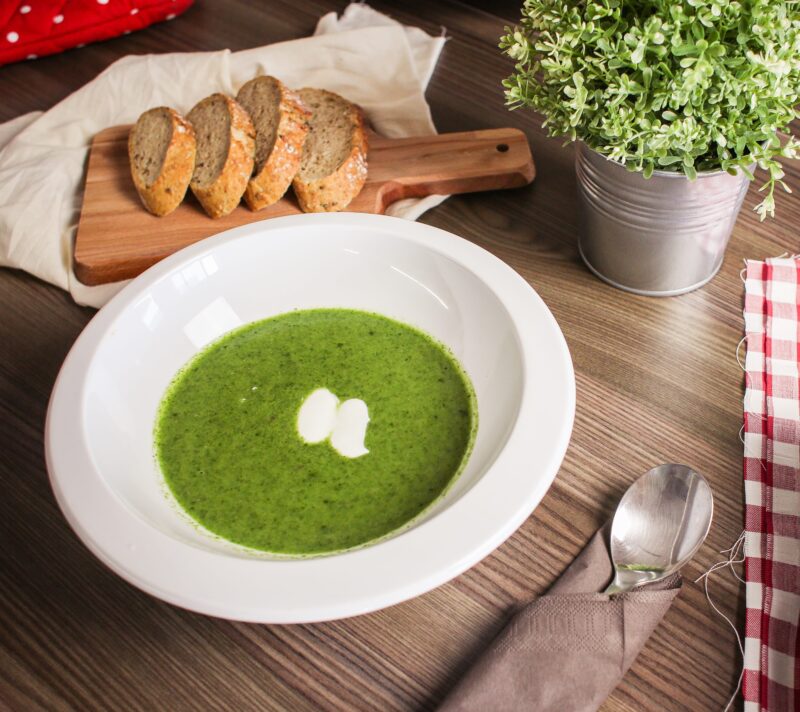South Africa’s winter season is notorious for its gloomy, blustery weather with high rainfall and plunging temperatures. For some, the prospect of jetting off to sunlit shores sounds way more enticing than enduring the cold. Fortunately, with some pre-planning, escaping the chills of the South African winter is well within reach. By carefully choosing your destination, preparing some seasonal travel essentials and making sure it’s all strategically timed, you can swap the frost for some well-deserved fun.
Very few would turn down the opportunity to visit the tropics and escape the winter blues but travel generally comes with a high price tag and the cost-of-living crisis isn’t making things easier. With inflation and interest rates at an all-time high, South Africans have become increasingly price-conscious – especially when it comes to their discretionary spending.
With the right price being a top priority, the most sought-after destinations are those that offer a world-class experience that is also affordable. The good news is that Thailand ticks both these boxes. With the relatively favourable exchange rate, South Africans can travel to Thailand without breaking the bank.
And, considering that people generally spend more money in winter on things like heating, clothing and healthcare, travelling may be the most effective way of sidestepping those extra expenses.
Aim for perfect timing
On the topic of making winter travel as affordable as possible, another factor to consider when choosing a destination is peak travel season and weather patterns. Offering advice on this is Chaiwat Tamthai, Director of the Tourism Authority of Thailand in Dubai for the Middle East and Africa, who says that although Thailand is warm all year round, there are a few weather changes that travellers need to be aware of. “Thailand’s hot season runs from around March to June, which luckily coincides with the coldest months in South Africa.
The rainy season runs from July onwards, but even with heavy rainfall, showers are usually short and intense, followed by sunny spells. This kind of weather can definitely provide a welcomed break from cold, frigid temperatures.
The added benefit is that by travelling during these months, you can also avoid peak season (November to February), which means that you’ll stand to benefit from off-season pricing on flights, accommodation, and activities,” he says.
Stock up on health boosters
Making the sudden transition from hot to cold temperatures can be taxing on the body. To mitigate this and make sure you don’t get sick when you get back home, it’s advisable to pack in a few multivitamins, immune boosters and enough vitamin C to make sure that your health doesn’t take a bad turn and ruin your vacation memories.
While in Thailand, it’s also important to keep your health in check by staying hydrated and protecting your skin from harsh UV rays. You can do this by carrying a reusable water bottle and applying sunscreen regularly to prevent getting sunburnt.
Pack light but pack smart
The issue of what to pack can’t go unmentioned, because if you’re travelling during the off-peak months of July and August, you will most likely experience the monsoon season. For those who have never experienced it before, getting rained on during a holiday might not sound that appealing. Those who have experienced the monsoon, however, will be able to attest to just how magical and revitalising it can be. Monsoon rainfall sets the perfect scene for dancing in the rain
To make sure you are well-prepared for wet weather and to make sure that your return to South Africa isn’t too much of a shock to the body, it’s recommended that you pack in at least one warm outfit before setting off.
Plan for outdoor living
Escaping the winter for a sunny utopia is fair enough, but not all summers are created equal. For this reason, it’s important to conduct a bit of research on what to expect in terms of seasonal weather trends so you can plan around that. The goal is to make the most of the warmer weather, so it’s advisable to choose a destination that has a wide range of outdoor activities on offer.
If Thailand is your destination of choice, you need to bear in mind that the hot season is usually very humid. To avoid getting too hot and bothered, Tamthai recommends planning hikes and activities at higher elevations like the mountains in Chiang Mai, where the effect of the humidity won’t be as intense.
Some of the most popular areas to explore in Chiang Mai include the Doi Suthep mountain, where travellers can make a stop at the famous Wat Phra That Doi Suthep Buddhist temple. Another mountain, Doi Pui, situated northwest of Chiang Mai, is known for its Hmong hill tribe village and botanical garden, and is a popular destination for nature lovers and tourists interested in indigenous cultures.
“Before you set off, make sure to create an itinerary of the outdoor activities you want to experience that you won’t be able to when you return home. Water-based activities are always a win when the temperature is soaring, especially exploring islands where you’ll benefit from the fresh sea breezes. Once you have it all planned out, you’ll effectively have a wishlist of activities that you can tick off as you go,” he adds.




